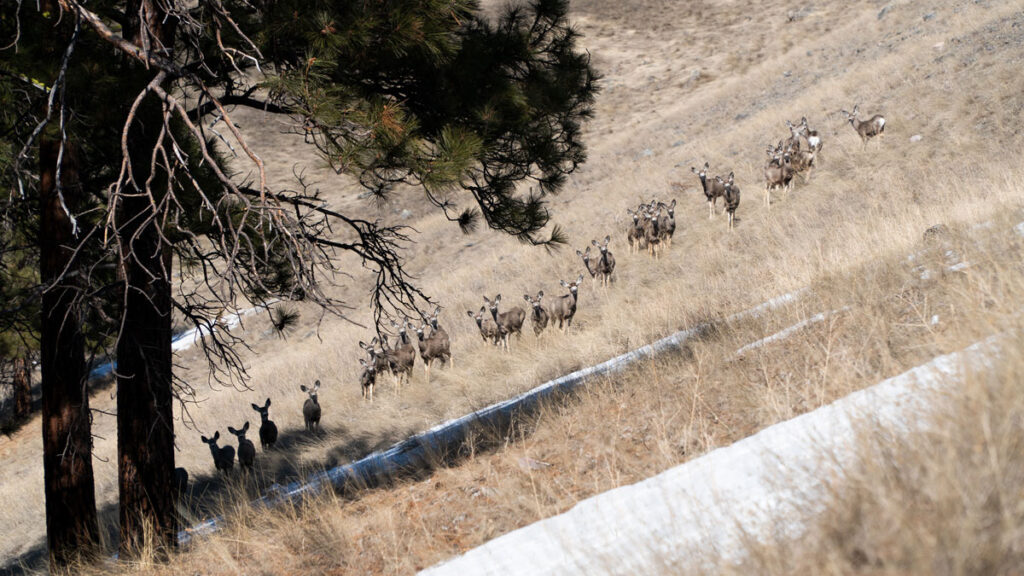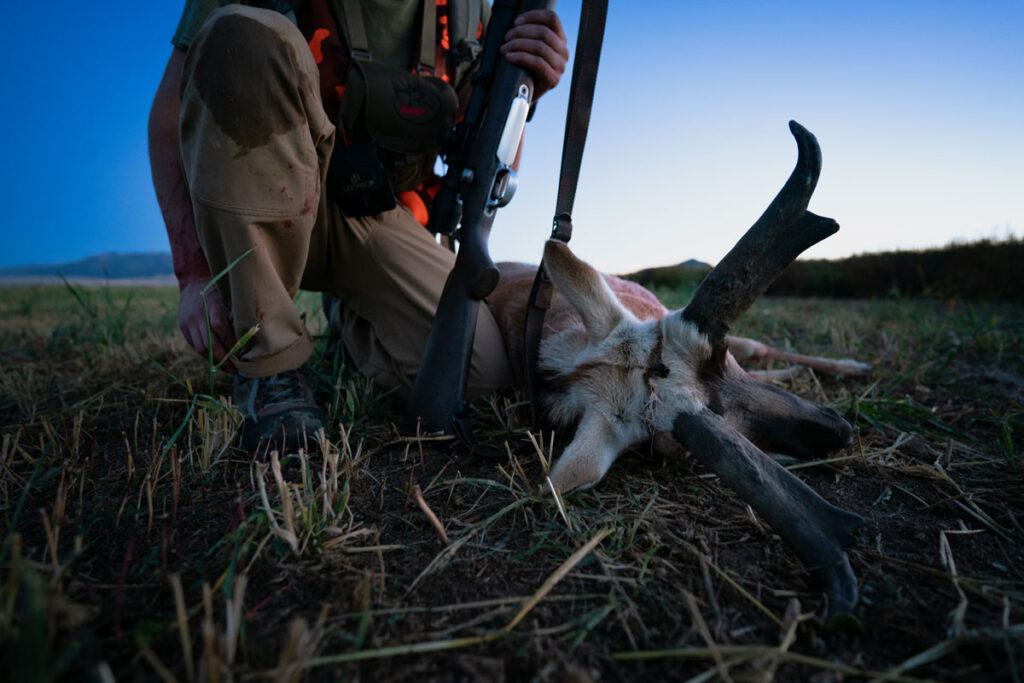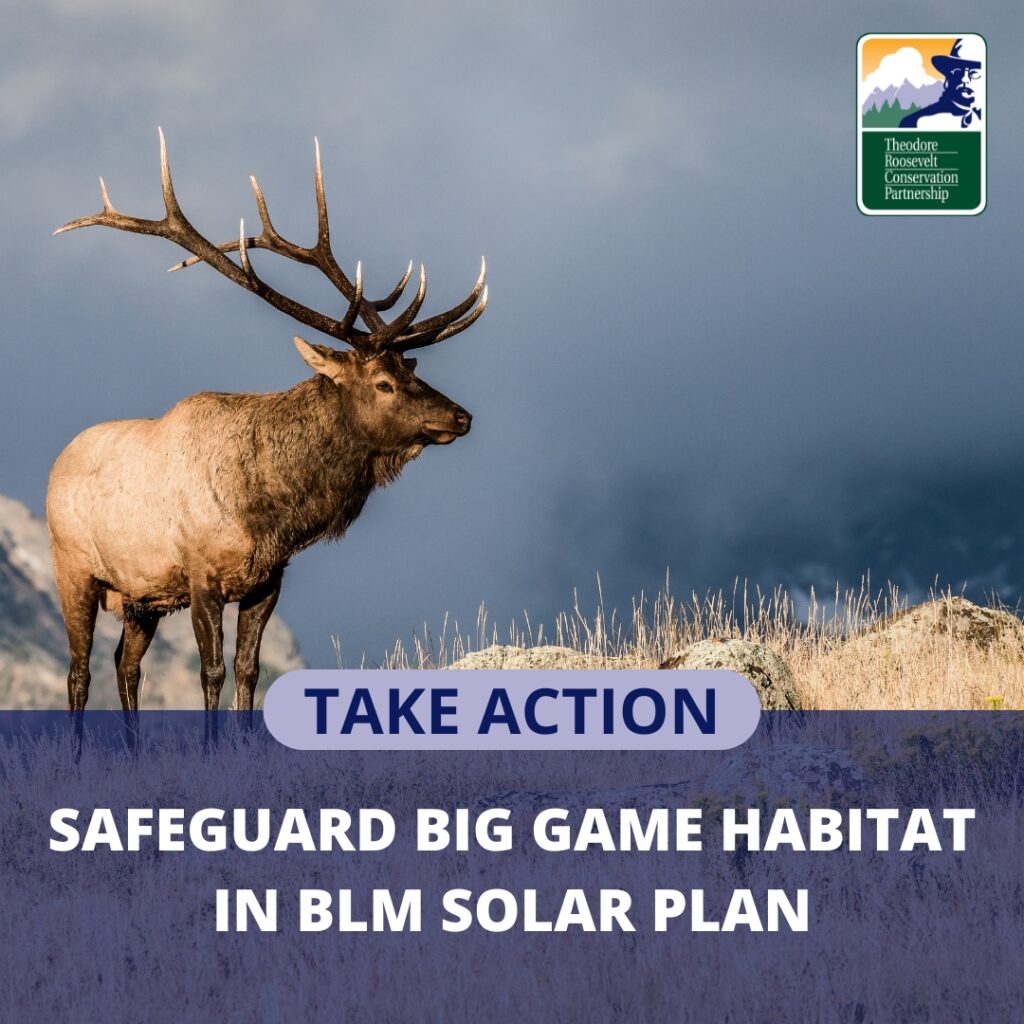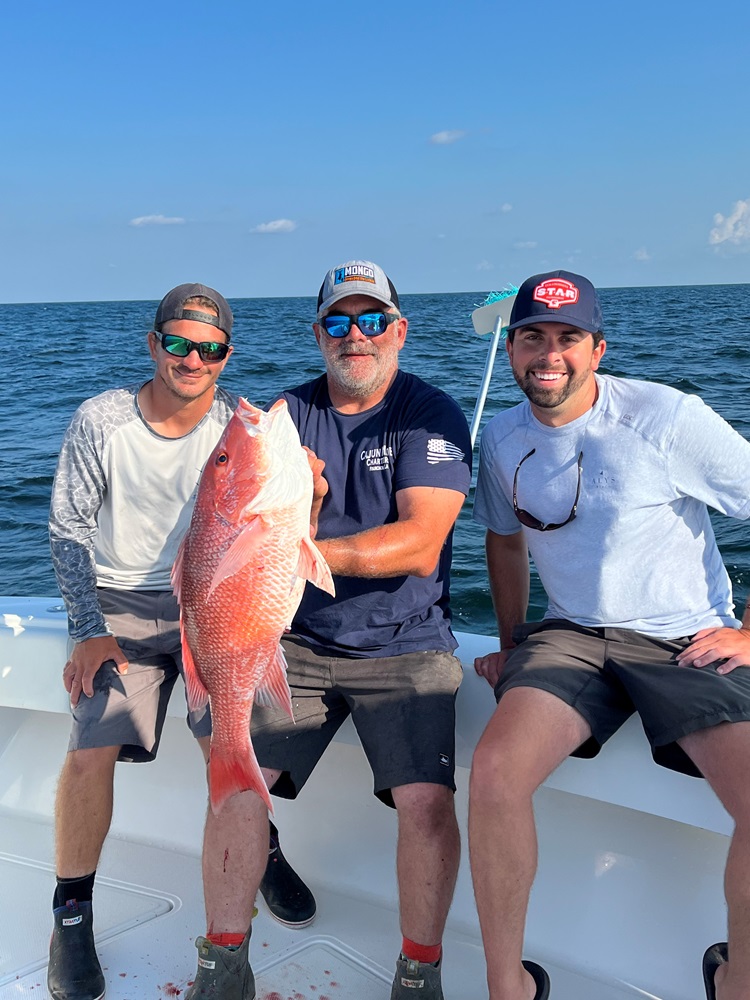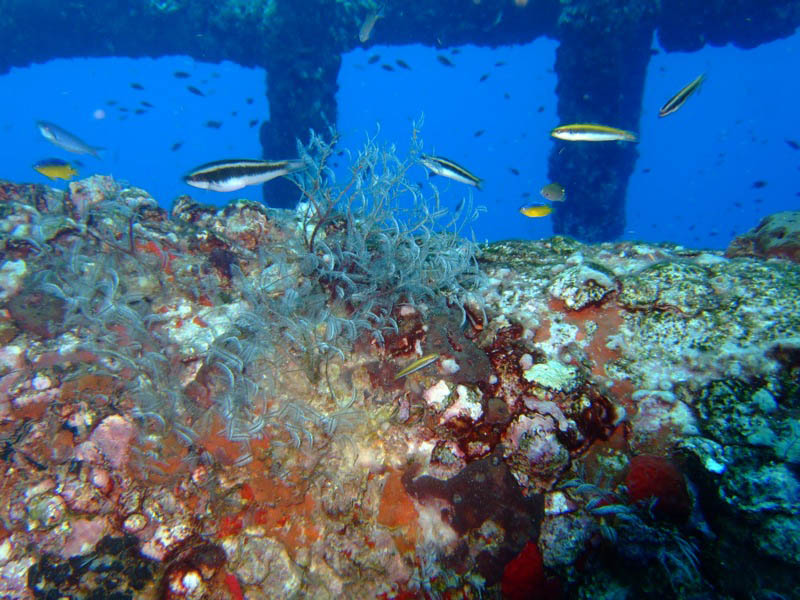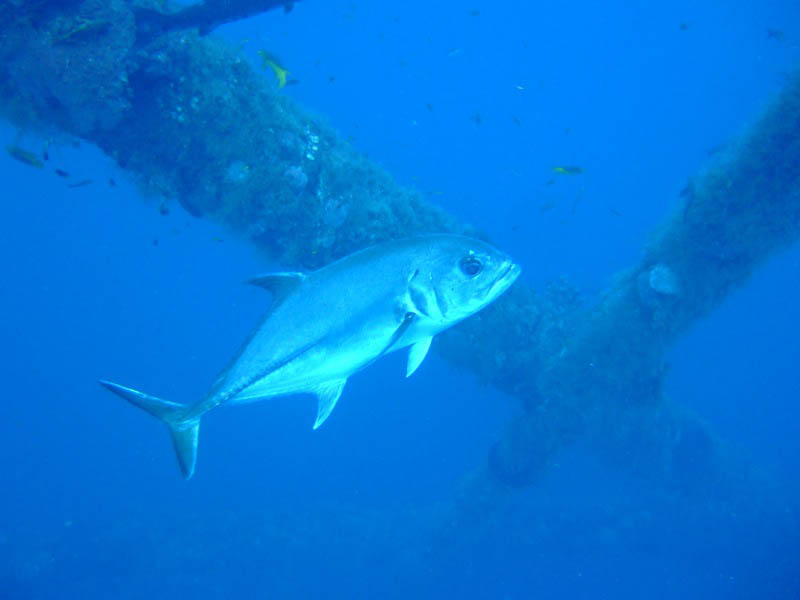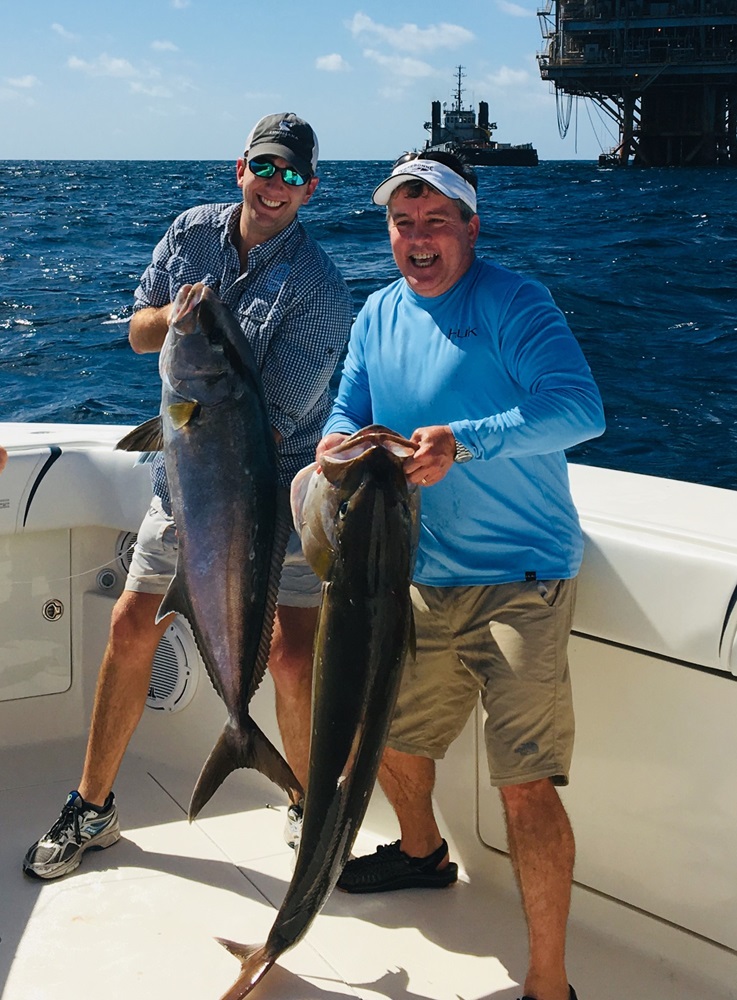The Bureau of Land Management has modernized its rules regarding oil and gas leasing on public land to reduce conflict between oil and gas development and fish, wildlife resources
Sportsmen and sportswomen have been promoting responsible land use and energy development for decades. Our community spends a lot of time exploring public lands, and at some point we all experience how energy development can impact our favorite time-honored traditions, recreational pursuits, and the fish and wildlife populations we love.
This is why we’re pleased that the Bureau of Land Management has modernized national onshore oil and gas leasing regulations to help reduce the conflict between oil and gas development and other important multiple uses, including hunting, fishing, and wildlife habitat. Some of these updated rules come directly from the Inflation Reduction Act passed by Congress in 2022 and are required to allow BLM staff to implement that new law. Many of BLM’s rules governing oil and gas leasing on public lands were over fifty years old; these new rules are more up to speed with modern day science and technological advancements, resource needs, and state and federal guidance. That is just good policy.
Below are a few specific provisions from the updated rules that will help conserve your hunting and fishing opportunities and cultural resources where oil and gas development occurs:
Updated bonding requirements. When for-profit entities develop public lands, the government should ensure that those entities can cover associated clean-up costs in the future to protect public land users and landscapes. One way to do this is to require bond money at the beginning of a project lifecycle. Oil and gas infrastructure, operations, ongoing maintenance, and reclamation have all become more costly since the existing bond rate was set in 1960, therefore the updated rule increases the minimum lease bond amount for developers/operators from $10,000 to $150,000, and the minimum statewide bond to $500,000. This will reduce the number of abandoned wells that taxpayers must foot the bill to clean up, which helps public land that’s no longer in production go back to providing us all with room to roam.
Prioritization for leasing outside of important wildlife and cultural areas. The updated rule will help steer oil and gas leasing and development away from important wildlife habitats, such as migration corridors, and cultural sites, and toward lands with existing infrastructure or high production potential.
Increased royalty rates. Because BLM’s leasing and development regulations allow for-profit entities to generate revenue from producing public assets (including oil, gas, and other hydrocarbons and minerals) on federal public land, a small portion of that revenue is paid back to the public agency through royalty payments. Under the new rules, royalty rates for leases will increase. For leases issued during the 10 years after the effective date of the Inflation Reduction Act the royalty rate will be 16.67 percent (up from 12.5 percent), and after August 16, 2032, the rate of 16.67 percent will become the minimum.
Increased minimum bid requirements. BLM oil and gas lease auctions have a minimum bid amount established to ensure that public lands and minerals maintain a minimum base value across the country. The BLM’s updated rules, per the Inflation Reduction Act, will increase the national minimum bid from $2 per acre to $10 per acre. A higher minimum bid rate will help ensure that only lands with high development potential are leased at auction and that the public lands we all value so much aren’t sold for pennies.
Minimum rental rates per acre. Normally, lessees can hold on to federal onshore oil and gas leases for ten-year terms. The BLM’s new rules, per the Inflation Reduction Act, include a rental fee of $3 per acre per year during the first 2-year period of the lease term; a $5 per acre per year for the following 6 years; and then $15 per acre per year thereafter. After August 16, 2032, those rental rates will become minimums and could be increased. This creates a financial incentive for developers to release leases if they have no intention of developing them.
Expression of interest fee. BLM staff assess all parcels for which there are ‘expressions of interest’ in leasing, and companies or individuals can propose lists of parcels whether they fully intend to bid on them during lease auctions or not. By adding a fee of $5 per acre, or a fraction thereof, for filing expressions of interest, the BLM will encourage speculators to submit expressions of interest for parcels for which there is genuine interest and value, which will likely reduce administrative burden on BLM staff as well.
The case for updating BLM oil and gas leasing policies
We all use significant amounts of energy to power our day-to-day activities and to get us to our favorite hunting and fishing spots, so ensuring that energy is developed responsibly is critical to maintaining our way of life.
The 2024 Colorado College Conservation in the West Poll found that ninety percent of Western voters believe that oil and gas companies should pay to clean up their messes – a burden taxpayers have shouldered for too long. Also, sixty-three percent of Western voters believe drilling should only occur on land with the highest likelihood of producing oil and gas. The new oil and gas rule addresses both of these concerns by steering leasing away from land with little potential for drilling, and raising bonding rates to limit future abandoned and orphaned wells.
The TRCP supports updating federal rules to facilitate low-impact and high-return energy development (including but not limited to oil and gas development) when and where it is appropriate according to the best data, science, and policy.
These updates are not anticipated to impact domestic energy production but will ensure taxpayers receive a better rate of return on that development, and fewer impacts and disruptions to our public land pursuits and traditions.

